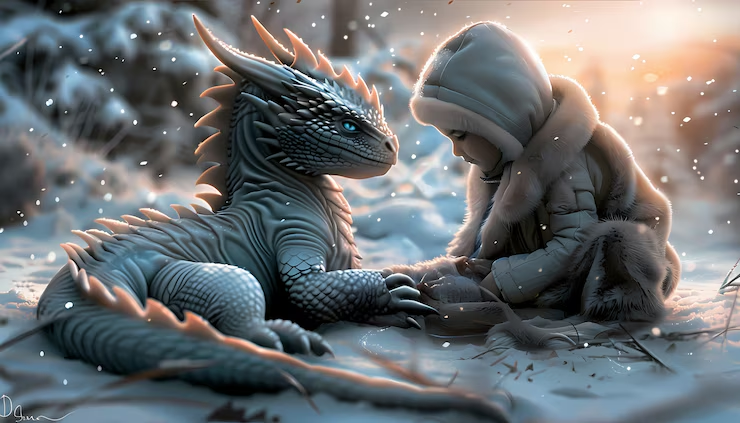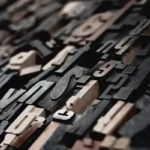In the vast world of mythical creatures, few captivate the imagination quite like the Iwanci—massive serpentine monsters known for their eerie presence and terrifying forms. These creatures are said to have the ability to shape-shift into frightening beings called Macanci, adding an extra layer of mystery and fear around them. Whether you’re a mythology enthusiast or simply curious about legendary beasts, understanding the lore and significance of Iwanci offers a fascinating glimpse into the power of ancient storytelling and cultural symbolism.
What Are Iwanci?
Iwanci are colossal, snake-like monsters rooted in folklore and ancient tales. Unlike ordinary serpents, they are portrayed as gigantic, almost otherworldly creatures that inspire awe and dread. Their serpentine bodies are often described as twisting and coiling through landscapes, creating a spectacle that blurs the line between natural phenomenon and supernatural terror.
What makes Iwanci especially intriguing is their ability to assume terrifying shapes, known as Macanci. These forms are not fixed but vary, often reflecting the fears and anxieties of the people who tell their stories. This shapeshifting trait adds a dynamic aspect to Iwanci, making them unpredictable and formidable entities in the realms they haunt.
The Origins of Iwanci in Myth
The stories of Iwanci have been passed down through generations, often evolving with time but maintaining their core essence as monstrous serpents. While their exact origins remain a mystery, many scholars believe these legends arose from early human encounters with large snakes or natural disasters involving serpentine movements—such as twisting rivers or massive storms.
Iwanci may also symbolize chaos and danger, serving as metaphors for forces beyond human control. In some cultures, they represent the wildness of nature, untamed and fierce, reminding communities of the delicate balance between humanity and the environment.
Iwanci and Their Macanci Transformations
The concept of Macanci is vital to understanding the full nature of Iwanci. These are the frightening shapes that Iwanc’i can take, often described as grotesque, monstrous figures designed to terrify anyone who crosses their path. The transformations could range from massive beasts with multiple heads to shadowy, ghost-like forms that slip silently through the night.
This shapeshifting ability makes Iwanc’i not just physical threats but psychological ones too. The fear they evoke is not only because of their sheer size but because of their unpredictable appearances, which tap into primal human fears of the unknown.
Iwanci in Different Cultures
Though the term “Iwanci” might be specific, serpentine monsters appear in many cultures worldwide. From the dragons of East Asia to the serpents of Native American myths, large snake-like creatures are a common motif, often linked to power, danger, or protection.
In some regions, Iwanc’i-like monsters are feared as harbingers of disaster or punishers of those who disrespect nature. In others, they are guardians of sacred places, embodying both threat and reverence. This duality enriches the legends, making Iwanc’i complex symbols rather than simple villains.
The Symbolism Behind Iwanci
Iwanc’i symbolize many things depending on the story and culture. Primarily, they represent chaos, danger, and the untamable forces of nature. Their serpentine form connects them to water and earth, often seen as creatures emerging from rivers or deep underground.
Their terrifying Macanci forms symbolize fear itself—how the unknown can morph into nightmares. This makes Iwanc’i a powerful metaphor for facing fears and respecting the mysteries of the world.
Iwanci in Modern Imagination
In contemporary times, Iwanc’i continue to inspire writers, artists, and creators who explore mythical themes. Their dramatic and terrifying nature makes them perfect for stories that delve into fantasy, horror, or folklore.
Modern depictions often emphasize their shape-shifting Macanci forms, bringing to life the legends in vivid ways through books, movies, and games. This keeps the spirit of Iwanc’i alive, blending ancient myth with new-age creativity.
Why Do Iwanci Fascinate Us?
Iwanc’i tap into universal themes of fear and awe. Their enormous size and eerie transformations challenge human understanding and control over nature. They embody the thrill and danger of confronting something powerful and unknown.
The fascination also comes from their symbolic depth—Iwanc’i are not just monsters but reflections of human fears and respect for the wild world. This makes them enduring figures in storytelling, capable of evolving with each generation.
Conclusion
Iwanc’i stand as a testament to the rich power of myth and the human imagination. These serpentine monsters, with their chilling Macanci transformations, weave stories that capture the essence of fear, respect, and mystery surrounding nature’s untamed forces. By exploring the legends of Iwanc’i, we gain insight into how ancient cultures interpreted the unknown and how those stories continue to influence modern creative expression.
Frequently Asked Questions (FAQs)
What exactly is an Iwanci?
Iwanci are enormous snake-like monsters known for their terrifying ability to change shapes into frightening Macanci forms.
Where do Iwanci legends come from?
They originate from ancient folklore, likely inspired by natural events and early encounters with large serpents.
What does Macanci mean in relation to Iwanci?
Macanci refers to the scary and varied shapes Iwanci can transform into to scare or confuse others.
Are Iwanci similar to dragons?
While both are serpent-like, Iwanci focus more on serpentine forms and shape-shifting rather than fire-breathing or flying traits common to dragons.
Why are Iwanci important in mythology?
They symbolize the unknown dangers in nature and human fears, representing chaos and the wild.
Do Iwanci appear in modern stories?
Yes, many modern fantasy and horror works feature Iwanci-inspired creatures, keeping the myth alive in new forms.Bottom of Form.






